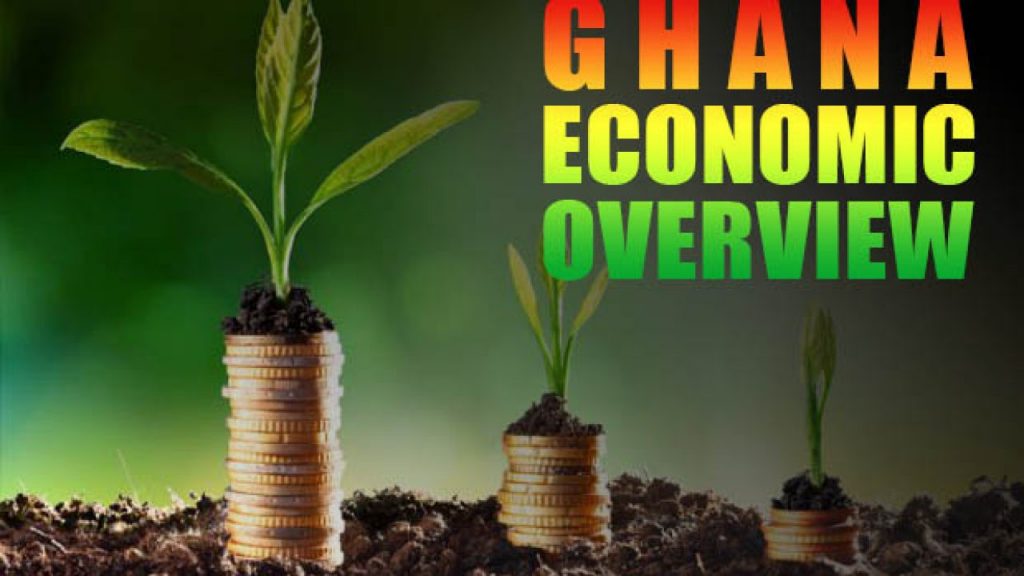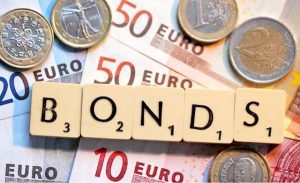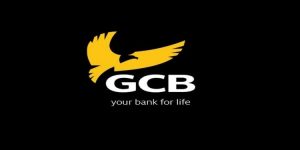The Ghana International Trade and Finance Conference (GITFiC) is going bullish on the nation’s Gross Domestic Product (GDP) for the year, projecting a growth rate of between 4.9 percent and 6.3 percent.
This was contained in its outlook for first quarter of the year, where it notes that the projection is anchored on the growth rate from last year as well as the state’s revenue mobilization drive as contained in the budget statement.
It is consistent with projections made by other relevant entities, with Minister for Finance, Ken Ofori Atta; the International Monetary Fund (IMF) and World Bank forecasting growth of 5.8 percent, 6.2 percent and 5.5 percent respectively. The projected growth rates remain higher than the sub-Saharan African (SSA) average of 3.6 percent.
“GITFiC projects an upward increase of GDP between 4.9 percent and 6.3 percent – showing a surge given the previous year’s data and the various measures put in place by government to raise revenue for productive activities in the economy,” a statement from GITFiC read in part.
The Conference also expects a easing of COVID-19 related restrictions, favourable commodity prices, and an improvement in the generation and supply of electricity to be critical. With public debt approaching the unsustainable 80 percent of GDP threshold, GITFiC expects an expert-led approach to addressing the situation with a minimum two percentage point reduction.
“Implementation of the holistic Free Senior High School policy in 2017 against the existing ‘Progressive Free Senior High School’ in part added to Ghana’s huge debt to GDP in recent years. However, we expect that experts in the field are learning from their experiences as to how to reduce the cost involved in government financing the policy through internally generated funds, alongside other policies to curb the borrowing power. At least, a 2 percent to 3 percent reduction in debt to GDP ratio in 2022 will be a good move to build on for the nation.”
Despite concerns over sustained global and domestic inflation rate increases, GITFiC expects that aggravating factors will ease up – leading to lowered rates of inflation as the year progresses.
“Inflation in Ghana stood at 9.4 percent in December 2018 compared to 7.9 percent in 2019, 10.4 percent in 2020 and 10.6percent in August 2021. Inflation, also known as consumer price inflation, has its source from the consumer price index (CPI) which measures the proportionate changes in the price level of household consumption of various goods and services.
“The third and fourth quarters of 2020 showed an inflation rate of 10.8 percent and 10.1 percent respectively. Likewise, the first and second quarters of 2021 revealed a 10.2 percent and 7.9 percent rate of inflation to that effect,” it noted.
“Per the sterilized facts highlighted above, GITFiC expects a further reduction in inflation given that 2021 saw a reduction – showing considerable revival from the pandemic shocks internationally and domestically,” GITFiC added. It also projected Ghana’s unemployment rate to close the year at 4.4 percent at the worst, based on pro-employment policies.







